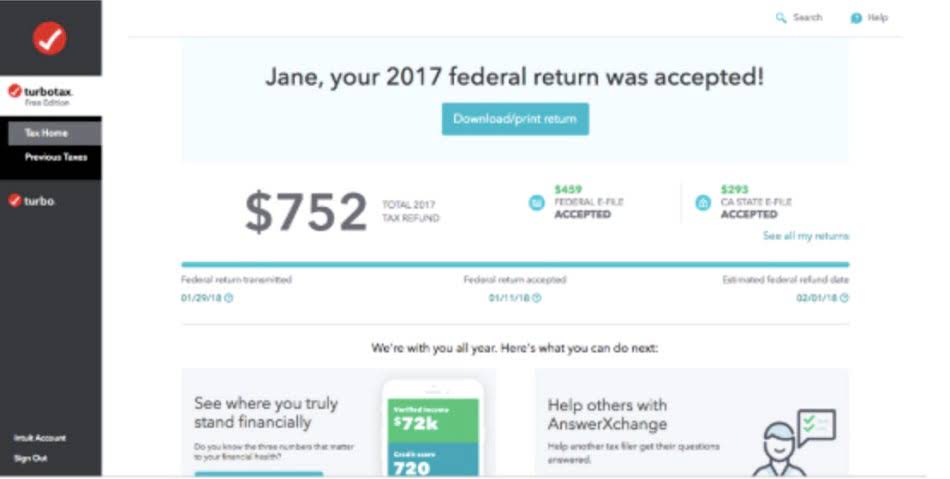Beste online Casinos: 15 internationale Anbieter 2025
March 11, 2025Wie moderne Technologie historische Entdeckungen bereichert: Das Beispiel Le Pharaoh
March 12, 2025
Can a lawyer or financial advisor charge both a retainer fee and hourly rate? Yes, some professionals may choose to charge both a retainer fee and an hourly rate. This hybrid payment structure can provide clients with cost predictability while also ensuring that they pay for the actual time spent working on their case or investment portfolio. In conclusion, understanding the difference between unearned and earned retainer fees is essential when engaging in any financial or investment services involving a retainer fee structure.

Consulting services retainer

By following best practices, accountants can avoid unearned revenue recognition, improper allocation, and compliance risks. If the lawyer charges $100 an hour, the retainer covers all services up to the five-hour limit. The lawyer then bills the client for the cost of any additional hours of work on behalf of that client. A retainer fee is an advance payment made to a retainer accountant professional, such as a consultant, freelancer, or lawyer, to secure their services. Depending on the type of service, the contract’s length, and the deal’s specifics, retainer agreements can be very different. The service provider and the client need to understand the terms and conditions of the agreement before entering it.
- Retainer management software that automatically attaches work and hours to a client record can save time and prevent confusion when it’s time to bill for recurring work.
- For professionals, retainer fees are typically considered taxable income and must be reported as such.
- Law firms handle intricate financial transactions daily, with retainers and settlements being particularly scrutinized.
- A retainer fee is an advance payment made to a professional, such as a consultant, freelancer, or lawyer, to secure their services.
- Many debtors can’t afford an attorney to defend them and will offer to settle if they’re being sued.
- It can allow the firm to work with clients that otherwise might not be creditworthy, such as businesses that are in financial distress.
Best Practices for Retainer Management
- Payments for retainers can be recurring, such as monthly or quarterly for the duration of a project, or for continuing service, such as payments to retain a lawyer.
- For a lawyer, it could include legal advice, document preparation, court representation, etc.
- As previously mentioned, portions of the retainer fee can be refunded if the services cost less than initially anticipated.
- If not, you may still want to remind your clients when payment is coming up so they don’t forget.
- It’s advisable to review contract terms carefully, paying attention to how additional services are billed and whether unutilized retainer hours roll over or expire.
Retainers are considered liabilities until services are rendered, and accountants must allocate them incrementally to revenue. If retainer funds are recognized prematurely as income, it distorts financial statements and creates a misleading portrayal of a company’s earnings. Upon completion of services, portions of the retainer should move from liabilities to revenue systematically. In the example above, the retainer is considered unearned until the court case is closed and finalized.

Strategies for mitigating risks associated with retainer agreements
- An accounting retainer is typically used when the accountant offers ongoing services over a long period.
- Be tactful; say you are calling to see if they got the most recent invoice, for example.
- H ere’s how we handle the billing and collection process at Mendlowitz Weitsen.
- These unearned fees do not belong to the person performing the tasks—in this case, the lawyer—until work begins.
- It’s not just about the services but the value they bring to your financial health.
- Developing this strong business relationship can pay huge dividends down the road, giving you a trusted resource and help.
Retainer fees are a critical component of the financial strategies for many service-based businesses. They provide a steady income stream and can significantly influence a fixed assets company’s cash flow management. How you structure your retainer agreement depends on the services you’re providing and the type of project you’re working on.

The structure of retainer fees can significantly impact the dynamics of client https://remotetalents.nl/construction-bookkeeping-for-phoenix-az/ relationships. A well-defined retainer agreement fosters trust and transparency, setting clear expectations for both parties. This clarity can lead to a more collaborative and productive working relationship, as both the client and the service provider understand their roles and responsibilities.
- Predictable costs, time efficiency, increased trust, enhanced flexibility, and improved focus are just a few of the benefits that come with utilizing a retainer fee structure.
- The attorney can receive retainer payments in increments, depending on how many hours they put into the case.
- It depends on the agreement with the professional, but it’s common for fees to cover six- to 12-month periods.
- This advance payment ensures that the professional has a financial incentive to commit their time and resources to the client’s needs.
- By understanding their differences, clients can make informed decisions regarding which fee arrangement best suits their needs and goals.
